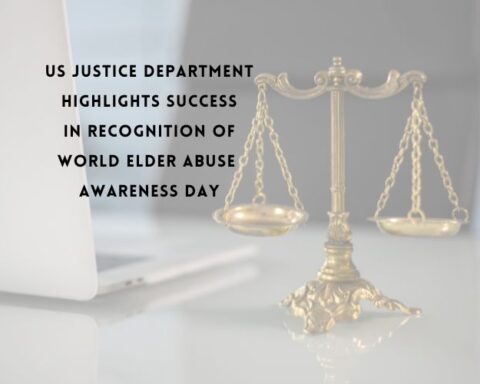One in five Americans will be aged 65 or older by the end of this decade, as all Baby Boomers 1 will have reached their “golden years.”2 The continuing shift toward an older population is affecting how businesses across the economy, including the financial services and banking sector, serve this important older Americans demographic.
Seniors make up an even larger portion of the banking market relative to the general population. Older Americans, primarily those born before 1965, hold 65% of bank deposits in the U.S. This fact reflects seniors’ lifetimes of work and savings. Unfortunately, it also makes them targets for criminals scheming to steal their financial assets. Seniors lose billions of dollars each year to financial exploitation. 3 The toll can be devastating, economically, emotionally and physically.
Banks work to prevent elder financial exploitation and act when they suspect a customer is being defrauded. While banks value all customers, they also understand the unique threats seniors face and take proactive steps to protect older depositors through education and outreach, swift action when necessary to halt or react to potential fraud, and preventative measures.
This report presents findings from the ABA Foundation’s 2021 Older Americans Benchmarking Survey, which captures data on how banks serve older Americans and respond to fraudulent activity. This year’s report also reveals trends that emerge by comparing the survey data to prior surveys conducted in 2019 and 2017.
Results are based on a sample size of 112 banks of varied asset sizes: less than $1 billion in assets (52% of respondents), $1 billion to $9.9 billion in assets (30% of respondents), and $10 billion or more in assets (18% of respondents). Responses represent 50% of bank deposit accounts across the United States. Please note that the percentages in charts and tables on the following pages may not always sum up to 100% due to rounding or multiple answers provided by the respondents.












